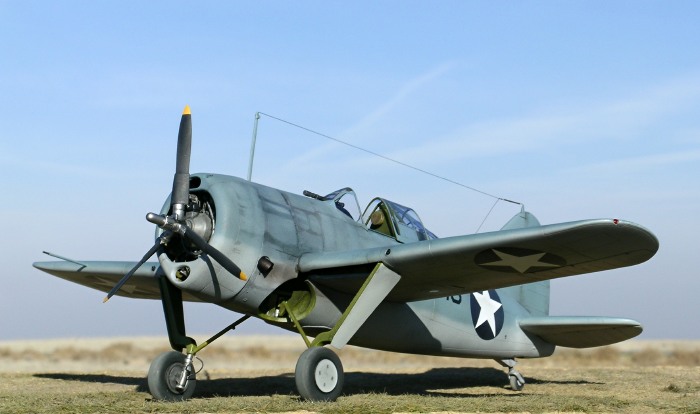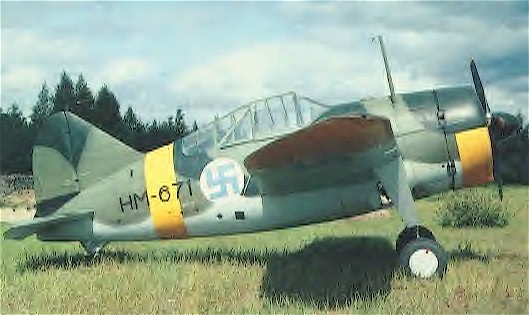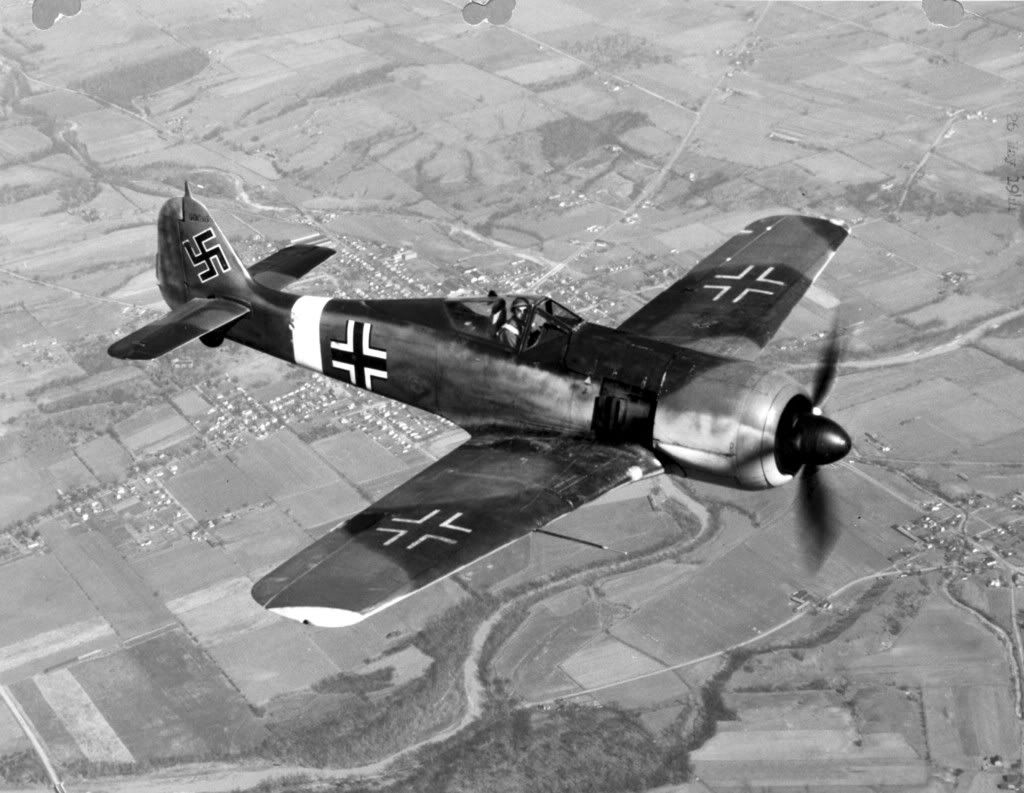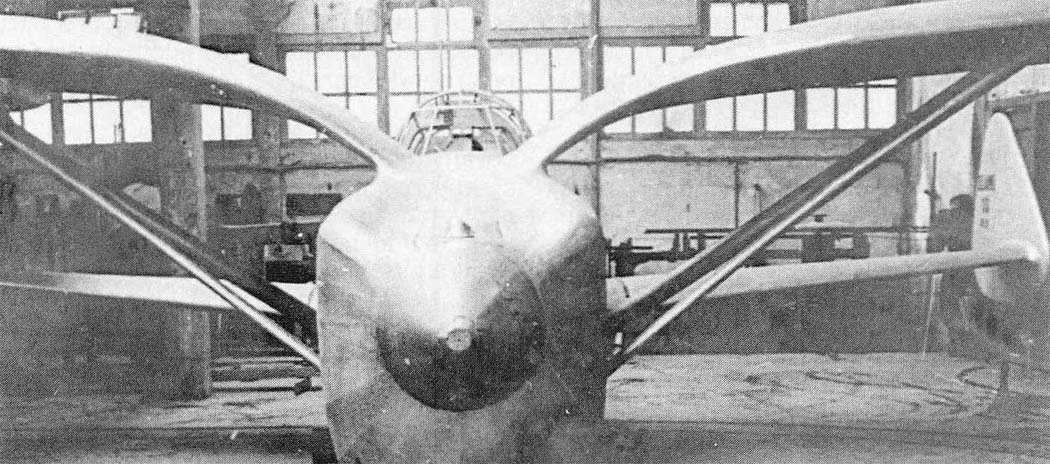GinandTonic
Saphire w/ Schweps + Lime
- Joined
- May 25, 2005
- Messages
- 8,898
Check the file nameSuper_Guppy_N941_NASA.jpg
Nasa modified a few transports to carry very odd sized loads.
Which leads you onto a whole bunch of freakishly ugly planes.


Check the file nameSuper_Guppy_N941_NASA.jpg
Nasa modified a few transports to carry very odd sized loads.








I can agree with you thereMost of Heinkel's medium bombers are rather handsome, I must say.
Ugly:



Yes, it is an earlier-run North American F-86 Sabrejet (am thinking A variant). The F-86D Sabre is almost a different aircraft, since it has the radar cone above the engine intake.that sabre (it is a sabre righ?)
How on earth does that... thing fly!?!

